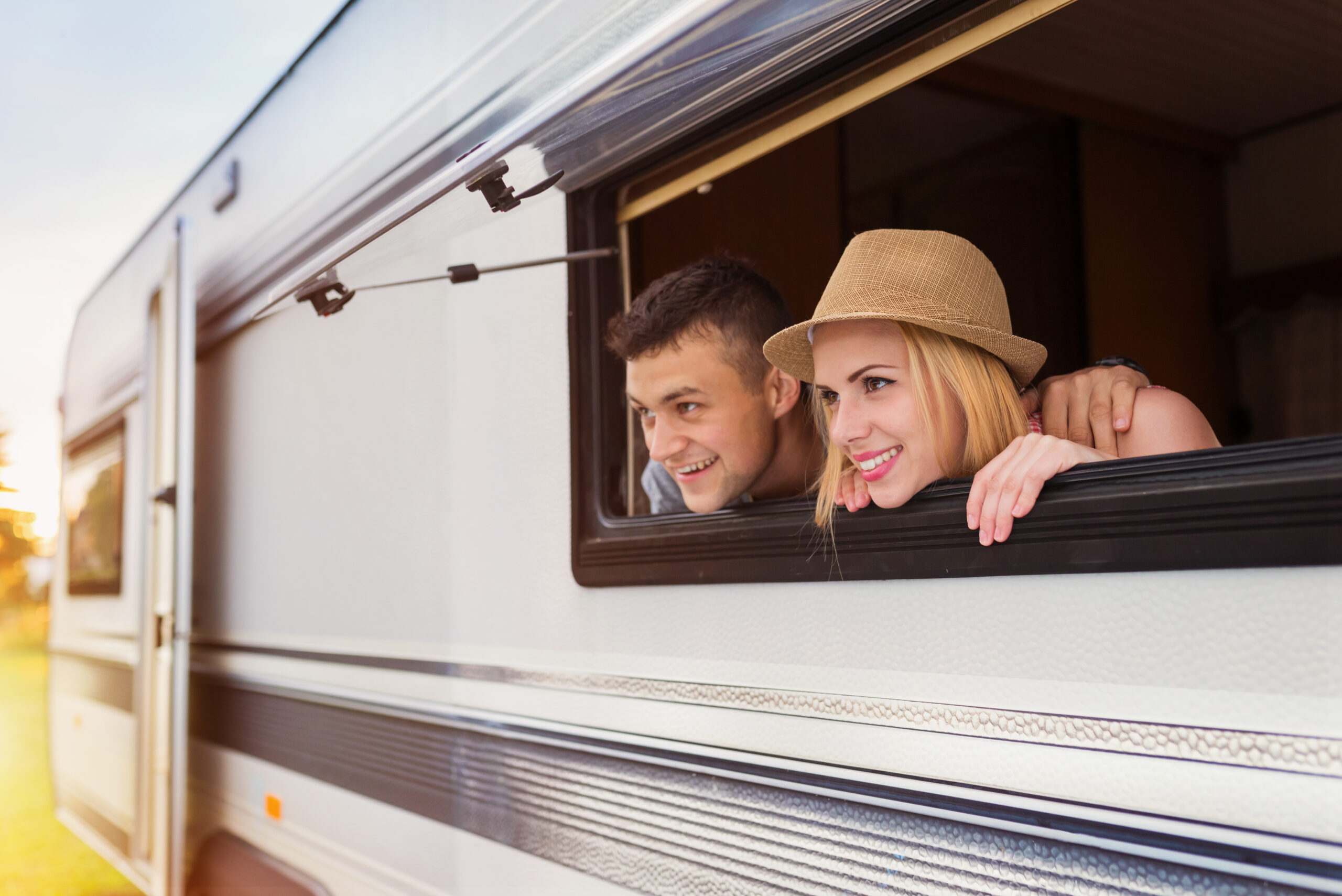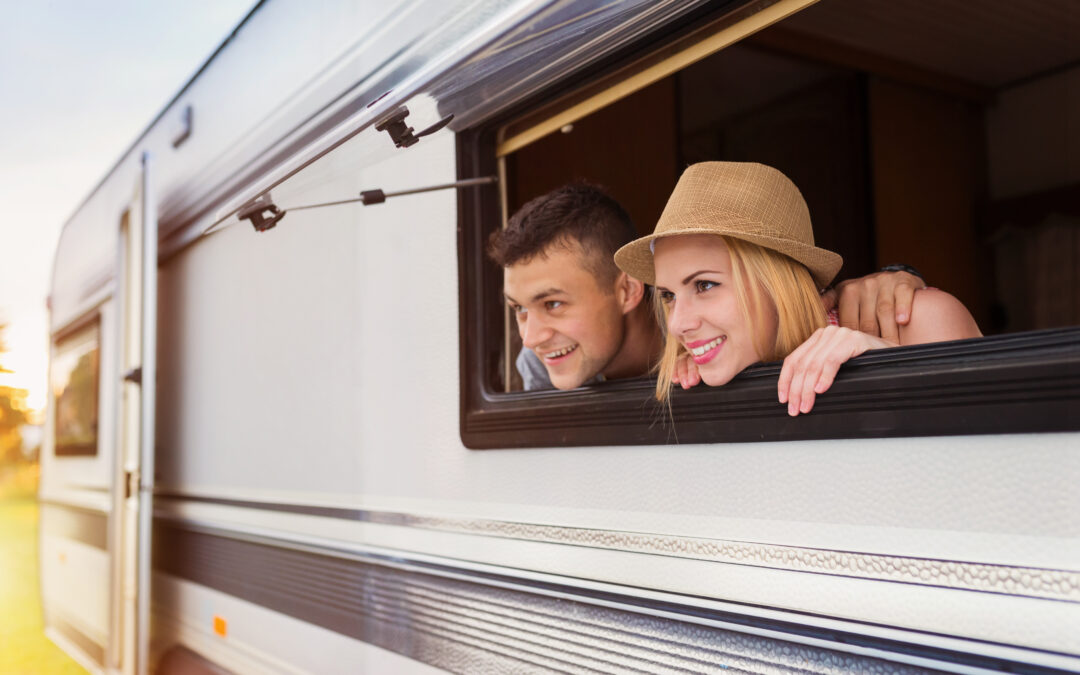Are you ready for the unexpected? Disasters can strike at any time, and it’s essential to be prepared. Building a disaster kit is an important step in ensuring your family’s safety and well-being during difficult times. In this article, we will discuss what items to include in your emergency kit, how much food and water to store, first aid supplies for emergencies, and preparing your home for natural disasters.
What to Include in Your Disaster Kit:
1. Water – Store enough drinking water for each member of your household for at least three days. A good rule of thumb is one gallon per person per day.
2. Food – Pack non-perishable food that won’t spoil quickly, such as canned goods or energy bars. Make sure to include foods that are easy to prepare and require minimal cooking.

3. First Aid Supplies – Include bandages, antiseptic wipes, pain relievers, and any necessary prescription medications. Don’t forget to add a first aid manual or guide.
4. Flashlights and Batteries – Ensure you have working flashlights with extra batteries on hand. You may also want to consider solar-powered lights.
5. Emergency Radio – Keep a portable radio with fresh batteries so you can stay informed about local news and weather updates.
6. Multi-Tool – A multi-tool like a knife or hatchet could come in handy if you need to cut through debris or build shelter.
7. Extra Clothing and Bedding – Have warm clothing and blankets available in case temperatures drop suddenly.
8. Personal Hygiene Items – Toothpaste, soap, and other personal care products should be included in your kit.
9. Cash – ATMs and credit card machines might not work after a disaster strikes. It’s best to keep some cash on hand for emergencies.
How Much Food and Water Should You Store?:
The amount of food and water you should store depends on several factors, including the size of your family and the type of disaster you’re preparing for. As a general rule, you should aim to store enough food and water for each member of your household for at least three days. However, it’s better to overestimate than underestimate when it comes to emergency preparedness. Consider storing additional supplies in case your situation lasts longer than expected.
First Aid Supplies for Emergencies:
In addition to having a well-stocked first aid kit, it’s crucial to know basic first aid techniques. Take a class or read up online on common medical emergencies and learn how to respond appropriately. This knowledge could save someone’s life in a crisis situation.
Preparing Your Home for Natural Disasters:
There are several steps you can take to protect your home from natural disasters. Here are a few tips:
1. Secure loose outdoor furniture or move it inside before severe weather hits.
2. Trim trees and shrubs around your house to reduce potential damage from falling branches.
3. Install storm shutters or reinforce windows and doors to prevent breakage.
4. Move valuable possessions to higher ground or elevate them off the floor to avoid flood damage.
By taking these precautions, you can help ensure your family stays safe and protected during even the most challenging circumstances. Remember, being prepared is key to surviving a disaster.




